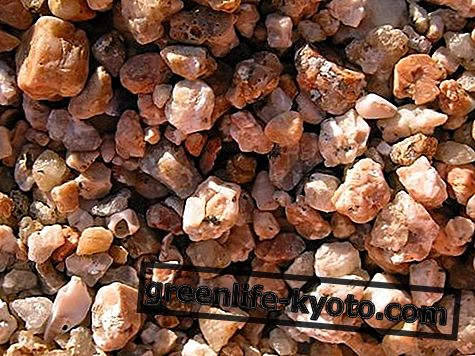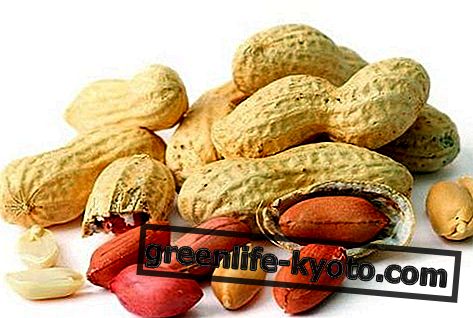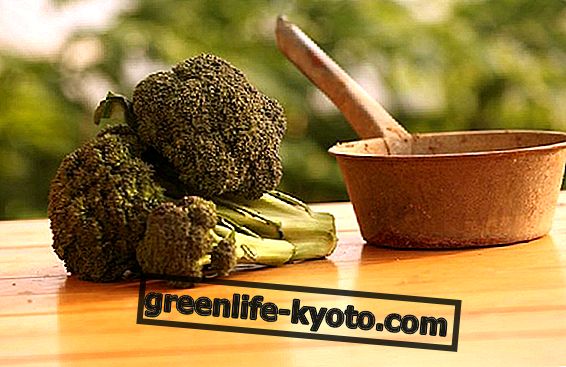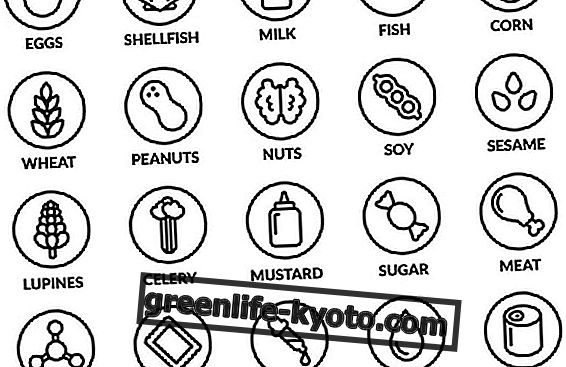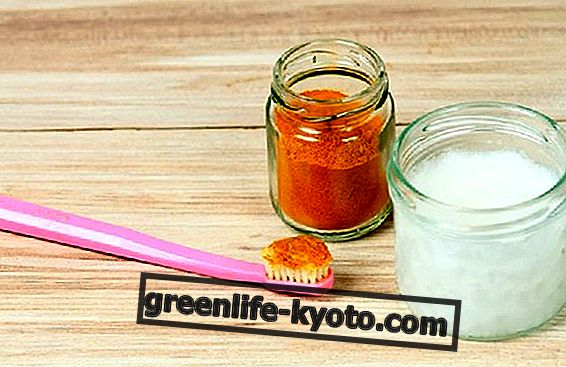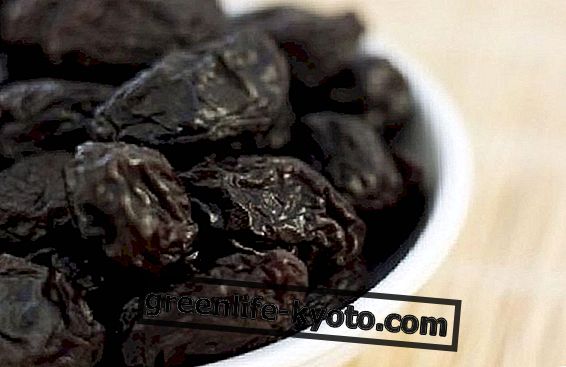Curated by Maria Rita Insolera, Naturopath
The clover is a natural phytoestrogen, useful for lowering cholesterol levels in the blood, to prevent osteoporosis and counteract free radicals . Let's find out better.

Properties of clover
Clover is the most potent natural phytoestrogen . From the clover, in fact, plant hormones (phytohormones) are extracted, in particular estrogens, valid to slow down the aging of skin and mucous membranes. The clover has the following properties:
- It is a rich source of many valuable nutrients including: calcium, chromium, magnesium, niacin, phosphorus, potassium, silicon, thiamine and vitamins A, B-12, E, K and C.
- It contains the minerals needed for the glands in our body, so it can help maintain hormonal balance.
- Relieves symptoms of premenstrual syndrome (such as breast pain)
- Increases bone mineralization and therefore helps to cure and prevent osteoporosis.
- Its regular intake is able to lower the levels of bad cholesterol, favoring the good one: for this reason it can help to prevent heart disease.
- Containing small amounts of coumarins, chemical substances useful to keep the blood clean and fluid, the clover improves blood circulation, reduces the possibility of clots and the formation of arterial plaques, also limiting the development of benign prostatic hyperplasia.
- It can help you stop smoking .
- Combats free radicals thanks to its powerful antioxidant effect.
- It has positive effects on fertility as it has activities similar to estrogen, an essential hormone in the female reproductive process.
- Thanks to the rich presence of isoflavones, it is an excellent remedy for menopausal disorders. Isoflavones are soluble in water and act like estrogens, so they are used in treatments related to menopause and related disorders such as hot flushes, nervousness and even post-menopausal depression.
Method of use
The clover can be taken with either a prescription or without. To give relief from menopausal disorders, standardized clover is recommended at 40-80 mg of isoflavones .
There is not enough information to recommend a safe and effective dose of clover for any other condition (except for the treatment of menopausal symptoms). Recommended dosage in powder form is usually 1000-3000 mg per day. The aerial parts of this medicinal plant are used.
You can learn more about what isoflavones are and where they are found

Contraindications of the clover
Various pharmacological and clinical studies indicate clover as a safe plant: no toxicity and significant side effects are reported, even for long-term treatments. However, the clover is not recommended for pregnant women and with conditions such as endometriosis, uterine fibroids and tumors of the breast, ovaries or uterus. They should not take clover due to possible estrogenic effects.
It is not recommended for men to use clover if they have prostate cancer, unless they are advised to use it. There is little information available on how clover could affect a newborn or otherwise a small child, so its use is not recommended during lactation or during early childhood.
Description of the plant
The clover ( Trifolium ) is a genus of herbaceous plant belonging to the Fabaceae (or leguminous) family and includes about 300 species. It is widespread in the temperate regions of the northern hemisphere and in the mountainous regions of the tropics.
It owes its name to the characteristic shape of the leaf, divided into 3 leaflets (some species, however, have 5 or 7 leaflets). The plant is mostly annual or biennial and in some cases perennial; its height is normally around 30 cm. The two most common types of clover are:
- Red clover (Trifolium pratense);
- White or Ladin clover (Trifolium repens).
Clover Habitat
The clover is a perennial herb that, in the flowering phase, shows off brilliant deep pink and purple red flowers. Trifolium does not withstand cold very well and prefers clay soils; however it adapts to almost any type of soil, as long as it is not excessively water impregnated.
The clover, once planted, grows rapidly (2-15 days). After about 48 hours the plant begins to sprout, presenting two small lobes, to which a third is added in about 5-6 days.
Besides being a very common plant, widespread in many meadows and on the edges of woods and forests, it is known both for being a good fodder for livestock (it is also called the "bread of milk"), and because it is used in agricultural rotation for soil enrichment.
Background
Historically the clover was revered by the Druids . Known by the Greeks and Romans for healing properties. Sometimes (about 1 in 10, 000) the clovers can have four leaves, these are commonly called four-leaf clovers and are considered lucky charms .


